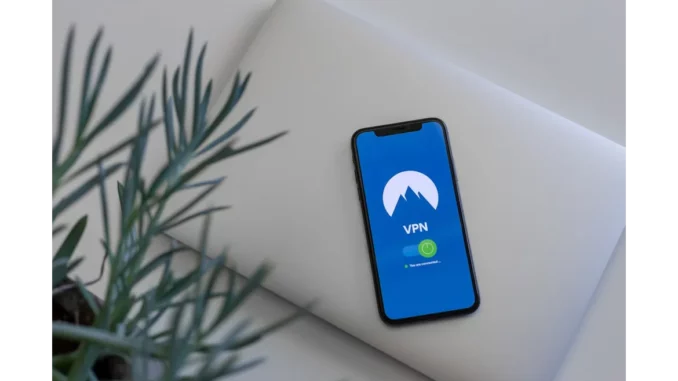
Summary
Increasing NAS Security: Avoiding Common Missteps
Network-attached storage (NAS) systems have become essential for both personal and business networks, offering a centralised hub for data storage and sharing. However, the ease of NAS accessibility brings with it a significant security responsibility. Many users inadvertently compromise their data through common security oversights. This article outlines six prevalent mistakes to avoid, enhancing NAS security measures to protect vital digital assets.
Main Article
Network-attached storage (NAS) devices have increasingly become a staple in both home and business environments. They offer the convenience of a central location for storing, sharing, and backing up data, but they also require careful attention to security. As NAS systems integrate into everyday operations, understanding how to mitigate security risks is crucial.
Weak Passwords and Inadequate Authentication
One of the most significant vulnerabilities stems from the use of weak passwords. Simple combinations such as “123456” or “password” are easily cracked through brute force attacks. Experts recommend implementing strong, unique passwords for each NAS account. “Using a password manager can greatly simplify the process of maintaining secure credentials,” advises cybersecurity specialist, Tom Everett.
Two-factor authentication (2FA) should also be enabled to provide an additional security layer. Even if a password is compromised, the need for a second authentication factor substantially reduces the risk of unauthorised access.
Outdated Software and Firmware
Another common pitfall is neglecting to keep NAS software and firmware up to date. Manufacturers periodically release updates to patch vulnerabilities and enhance functionality. However, users often overlook these updates, leaving systems vulnerable to known exploits. It is advisable to configure NAS devices to automatically check for updates or to manually verify and apply updates regularly, including those for the operating system and installed applications.
Lack of SSL/HTTPS Configuration
When accessing NAS over the internet, ensuring a secure connection is paramount. Failing to enable SSL/HTTPS can leave data susceptible to interception. Configuring NAS to use HTTPS encrypts data transmissions, safeguarding against potential eavesdropping. “Deploying a signed SSL certificate is a straightforward step that can prevent man-in-the-middle attacks,” notes IT consultant, Sarah Mitchell.
Default Ports and Services
Utilising default ports for NAS services can make them easier targets for attackers. Common ports are well-documented, meaning automated attacks can easily identify them. Changing default ports to less predictable alternatives adds a layer of security. Disabling unnecessary services further reduces potential attack vectors, effectively hardening the NAS against intrusion attempts.
Absence of a VPN
Accessing NAS remotely without a Virtual Private Network (VPN) introduces significant risk. A VPN encrypts the data transmitted between the client device and the NAS, creating a secure tunnel. This is especially critical when connecting over public Wi-Fi networks, which are prone to eavesdropping. NAS devices typically support VPN integration, making it simple to establish secure connections. Opt for a VPN service that offers robust encryption and a no-logs policy for enhanced privacy.
Ignoring the Security of Other Network Devices
A NAS is only as secure as the network it resides on. Compromised devices within the same network can become gateways for attackers. Ensuring that all connected devices have up-to-date software and strong passwords is vital. Implementing network segmentation, such as using VLANs, can isolate the NAS from less secure devices, minimising the impact of a potential security breach.
Detailed Analysis
The security challenges associated with NAS systems are reflective of broader trends in cybersecurity, where the convenience of technology often outpaces users’ ability to secure it. The increasing frequency of data breaches and cyber-attacks underscores the necessity for robust security practices. The aforementioned pitfalls are not just isolated to NAS but are indicative of common security oversights across various digital platforms.
Regular software updates, strong password policies, and encryption are foundational security practices that are often neglected. This neglect is partly due to a lack of awareness and partly due to the perceived inconvenience. However, as cyber threats grow in sophistication, the cost of inaction far outweighs the effort required to implement these measures.
The integration of 2FA and VPNs has become more widespread as users become more educated about the risks of online data transmission. These technologies are gaining traction in both personal and enterprise environments, signalling a shift towards more proactive security postures.
Further Development
As technology continues to evolve, so too will the threats facing NAS systems. Future developments may include advancements in artificial intelligence and machine learning for threat detection, offering real-time responses to potential breaches. Additionally, as more devices become interconnected, the importance of securing all network nodes will become increasingly critical.
Readers are encouraged to stay informed about the latest in cybersecurity practices and to regularly assess their own network security configurations. Continued coverage will explore emerging technologies and strategies to further enhance NAS security, providing insights into how users can better protect their digital assets in an ever-evolving threat landscape.

